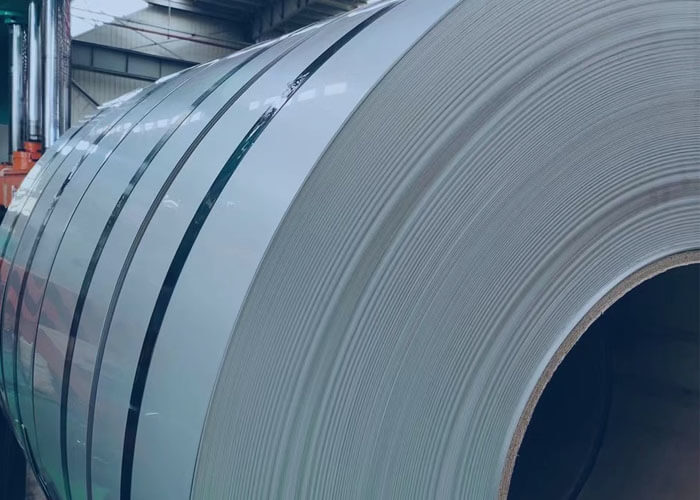Is 304 Stainless Steel Coil Better?

Where Can I Find a Trusted Backpack Manufacturer?
10/05/2022What Plastic is in Wet Wipes?
03/11/2022You may have heard of 316 stainless steel coil, but are you aware of the differences between type 310 and 304 stainless steel coil? They share many characteristics, but each has its own benefits. Here are a few things to consider when deciding between these two types of stainless steel coil. Read on to find out the best choice for your projects.
You can also choose between 304H and 304L, and you’ll be glad you did. If you need more information about types of stainless steel coils, you can read more on metalstripsolutions.com.
304 stainless steel coil
If you need a material that will stand up to the rigors of everyday use, you need to make sure that you choose a material with a good mix of metals. Type 304 is a common type of stainless steel coil that contains 8% nickel and 18% chromium. It is also more ductile than type 310 and has better corrosion resistance. If you’re wondering which one is better, consider the alloy compositions of both types.
Type 304 is more suited for dairy applications, such as buckets, milking machines, and pipelines. This material is also good for containers, homogenizers, and sterilizers. It is also good for storage and hauling tanks. Besides these common applications, type 304 is also widely used in the brewing and citrus juice industries. It is a good option if you need the best corrosion resistance, but is more expensive than 310 stainless steel coils.
316 stainless steel coil
The stainless steel coil is a popular choice for a variety of applications, from medical equipment to industrial processing. The key differences between the two types of steel are in their chemical composition, which determines the corrosion resistance and ease of maintenance. Both 304 and 316 are suitable for aerospace applications, as both are highly corrosion resistant. In addition, these materials are both easy to clean and rust-resistant, making them ideal for a wide range of medical equipment.
316 and 304 grades of stainless steel coils are comparable in appearance but have important differences. While both are made of a combination of iron and chromium, they have slightly different ratios of these elements. 304 is a lower-chromium alloy whereas 316 contains a higher proportion of chromium. Moreover, 316 contains higher amounts of nickel and molybdenum, making it more corrosion-resistant. The difference between the two stainless steel grades is also reflected in their prices, as 316 is a more expensive alloy.
304H stainless steel coil
Whether 304H or 316 stainless steel coil is better for you depends on your needs and your budget. Stainless steel coils has better corrosion resistance and good high-temperature strength than 310 or 304. Stainless steels in the 316H and 304HH grades are more easily fabricated and easier to clean. In addition, they are easier to weld and can resist more types of chemicals and acids.
Compared to 304, 316 has a higher nickel and chromium content. Both types are incredibly tough and resistant to corrosion. However, the 310 type is slightly pricier than 304. Stainless steel coil prices vary depending on the raw materials. These steels are also subject to surcharges. These are often added to the base price and may vary by mill. For prices, check Ryerson’s metals price guide.
304L stainless steel coil
When deciding which type of stainless steel coil is best for your application, you will want to know what the differences between 304L and 316 stainless steel coils are. While they have similar properties, there are some differences between them that should be taken into account. Stainless steel coils made of austenitic alloys are more corrosion-resistant and resistant to heat. 304L and 316 are both good choices for heat-resistant parts, but 316 is more commonly used for marine applications, food processing, and other coastal environments.
Stainless steel coil made from Type 304 is the most common type of austenitic alloy and are comprised of 18% chromium and 8% nickel. They are easy to fabricate and maintain, and offer excellent corrosion resistance. They also resist rust, which makes them ideal for a range of applications. The best part about 304 is that it can be formed easily and has a wide range of finishes.

